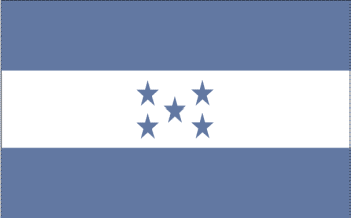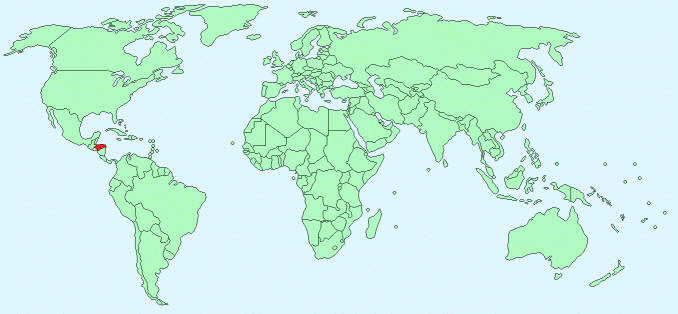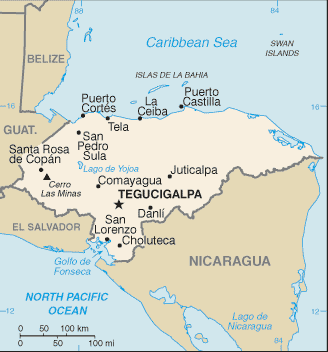Honduras


Continent – North America
Region – Central America
Size – 112,090km²
Geography – interior mountains with narrow coastal plains
Language – Spanish, Amerindian dialects
Religion – Roman Catholic 97%, Protestant 3%
Monetary Unit -Lempira
Natural Resources -timber, gold, silver, copper, lead, zinc, iron ore, antimony, coal, fish, hydropower
Agriculture – bananas, coffee, citrus, corn, African palm; beef; timber; shrimp, tilapia, lobster
Industry – sugar, coffee, woven and knit apparel, wood products, cigars

Neighbouring Countries -Guatemala, El Salvador, Nicaragua
Population – 8,598,561 (2014 estimate)
Population Growth Rate – 1.74%
Average Life Expectancy -70.91
Capital City – Tegucigalpa (1,324,000)
Highest Mountain –Cerro Las Minas(2,870m)
Longest River – Rio Patuca (320km)
Climate – Tropical climate 23°C to 31°C,
Yearly Rainfall -240 cm (approx)
Plant Life – Tropical trees, ferns, moss, and orchids abound, especially in the rain forest areas
Animal Life – Anteater, armadillo, coyote, deer, fox, peccary, pocket gopher, porcupine, puma, tapir, and monkeys
Bird Life – Black robin, hummingbird, macaw, nightingale, thrush, partridge, quail, quetzal, toucanet, wren
Harvard Reference for this page:
Heather Y Wheeler. (2015). Honduras. Available: https://www.naturalhistoryonthenet.com/Facts_Figures/Country_Facts/honduras.htm. Last accessed Monday, July 18, 2016
Facts and Figures Pages
